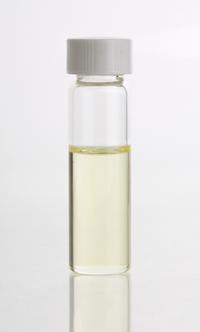
Photo from wikipedia
Abstract Objectives Alpinia galanga is a commonly used ingredient in Asian food and traditional medicine. But an extract of the rhizome had never been used commercially in food supplements and… Click to show full abstract
Abstract Objectives Alpinia galanga is a commonly used ingredient in Asian food and traditional medicine. But an extract of the rhizome had never been used commercially in food supplements and functional foods. There is some evidence of safety and tolerability in humans for a proprietary A. galanga rhizome extract (EnXtra™) and it is Generally Recognised as Safe (GRAS) in the US already. However, this botanical ingredient has not been evaluated for its subchronic toxicity in rats to confirm its safety in wider food applications. Methods Sprague Dawley rats were orally administered the test item for 90 days by following OECD (Test Guideline: 408), with a recovery period of 28 days. Cumulative effects and No Observed Adverse Effect Level (NOAEL) were estimated. EnXtra™ was administered orally at 0, 1,000, 2,000 and 3,000 mg kg−1 body weight (b. wt.) with additional vehicle and high dose recovery groups. Observations included clinical signs, haematology, clinical chemistry, gross pathology and histopathology. Results On terminal sacrifice, no treatment-related adverse effects were observed viz., clinical signs, mortality, body weight changes and feed consumption parameters. Haematology, clinical biochemistry and thyroid hormone levels were within the normal range. Further, no treatment-related gross and microscopic pathological lesions were observed across the treatment groups. Conclusions Based on the results of the toxicological evaluation, NOAEL of A. galanga rhizome extract (AGRE) was fixed at 3,000 mg kg−1 b. wt. per day and ADI of 1800 mg day−1 in the case of humans.
Journal Title: Journal of Complementary and Integrative Medicine
Year Published: 2022
Link to full text (if available)
Share on Social Media: Sign Up to like & get
recommendations!